Retro Replay Review
Gameplay
X-COM: UFO Defense delivers a dual-layered strategic experience that seamlessly blends global resource management with tense, turn-based combat. On the GeoScape, you monitor a rotatable 3D globe dotted with UFO blips, national funding bars, satellite coverage zones, and your own bases. Every decision—from allocating satellites to intercept incoming craft, to purchasing new interceptors and ground transports—carries weight, as you balance the need for rapid response against the constraints of budget and manpower.
(HEY YOU!! We hope you enjoy! We try not to run ads. So basically, this is a very expensive hobby running this site. Please consider joining us for updates, forums, and more. Network w/ us to make some cash or friends while retro gaming, and you can win some free retro games for posting. Okay, carry on 👍)
Beyond simply shooting down UFOs, the strategic layer forces you to prioritize research, development, and base expansion. Early in the campaign, Terran weaponry is hopelessly outclassed by alien firepower, so capturing intact alien technology becomes an urgent goal. Hiring researchers and engineers, funding cutting-edge projects, and building new facilities must be done alongside training soldiers and equipping aircraft, all while ensuring you don’t overextend your finances or alienate partner nations.
Once a UFO is brought down or a site is discovered, X-COM shifts into the Battlescape mode: an isometric, grid-based battlefield governed by realistic line-of-sight and a Time Unit (TU) economy. Each soldier’s actions—moving, aiming, reloading, even turning—consume precious TUs, demanding careful planning and risk assessment. The tension of seeing an alien activate on your flank or the thrill of a perfectly timed suppression fire makes each mission a high-stakes puzzle, where positioning, cover, and firepower must be orchestrated for survival.
Graphics
For a game released in 1994, X-COM’s graphics strike a remarkable balance between clarity and atmosphere. The GeoScape globe and base interfaces employ simple, crisp icons and color-coded indicators, making resource levels, funding status, and unit positions immediately legible. Animations are minimal but effective—UFO models rotate as they approach, fighters streak across the globe, and tactical windows slide into view with satisfying precision.
In the Battlescape, detailed sprite work brings both soldiers and aliens to life on varied terrain tiles. Whether navigating snowy forests, urban ruins, or rocky deserts, the environments feel distinct and functional. While modern players might find the pixel art blocky, the muted color palette and practical tile set imbue each map with a brooding, suspenseful mood that underscores the feeling of fighting in unknown territory.
The user interface remains one of X-COM’s greatest graphical strengths. Weapon icons, status bars, and minimaps are arranged logically, reducing visual clutter even in the heat of battle. While there are no flashy particle effects or dynamic lighting, the game’s visuals prioritize information delivery—ensuring you always know how many TUs remain, which direction an alien might peek from, and what equipment each soldier carries.
Story
The narrative premise is straightforward yet compelling: in 1998, global UFO sightings spike alarmingly, prompting world leaders to form a clandestine paramilitary force called X-COM. From a single base in Geneva, your fledgling organization must intercept alien incursions, investigate crash sites, and ultimately root out the extraterrestrial threat’s homeworld. This Cold War–style secret project sets a tense backdrop where every failure risks diplomatic fallout or worse.
Rather than presenting a linear storyline, X-COM delivers an emergent narrative shaped by your actions. Captured aliens and recovered artifacts unlock new research paths that reveal fragments of the invaders’ biology, communication methods, and technology. As you dissect alien materials and reverse-engineer powerful weaponry, you piece together the invaders’ hierarchy and motives—making each breakthrough feel like a crucial chapter in a high-stakes detective thriller.
While there are no voiced cutscenes or central characters, the game’s strategic unpredictability and permadeath system forge a personal saga. Soldiers you’ve trained from rookies become hardened veterans; their fates—good or ill—lend emotional weight to each mission. Tales of last-stand heroics or sudden ambushes emerge organically, providing a rich, player-driven storyline that’s both memorable and uniquely your own.
Overall Experience
X-COM: UFO Defense remains a benchmark in strategy gaming thanks to its intricate balance of macro-management and micro-tactics. The learning curve is steep, and missteps—like overspending on base facilities or underestimating a terror mission—can quickly lead to disastrous funding cuts or alien breakthroughs. Yet every victory, from downing a UFO over Tokyo to capturing a live Sectoid, feels earned and exhilarating.
Replayability is exceptionally high. Randomly generated missions, unpredictable alien behavior, and multiple research paths mean no two campaigns play out identically. Even decades after its release, the thrill of launching a perfectly coordinated assault on an alien landing site continues to captivate new and returning players alike.
While the graphics and interface may feel dated compared to modern titles, the core design of X-COM: UFO Defense is timeless. Its blend of strategic tension, resource juggling, and tactical combat has inspired countless successors. For anyone seeking a deep, challenging, and endlessly rewarding strategy experience, X-COM offers an unforgettable journey into humanity’s fight for survival against an alien onslaught.
 Retro Replay Retro Replay gaming reviews, news, emulation, geek stuff and more!
Retro Replay Retro Replay gaming reviews, news, emulation, geek stuff and more!
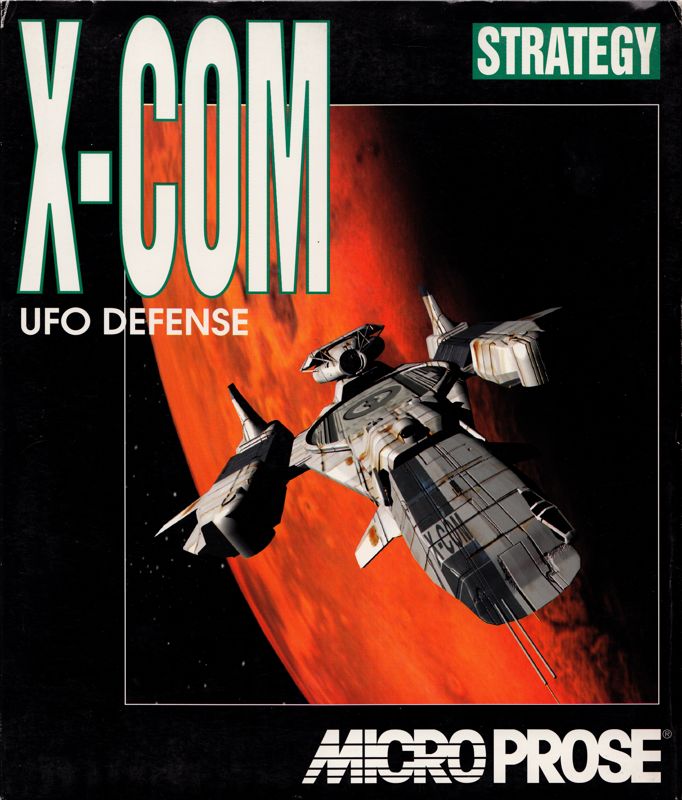

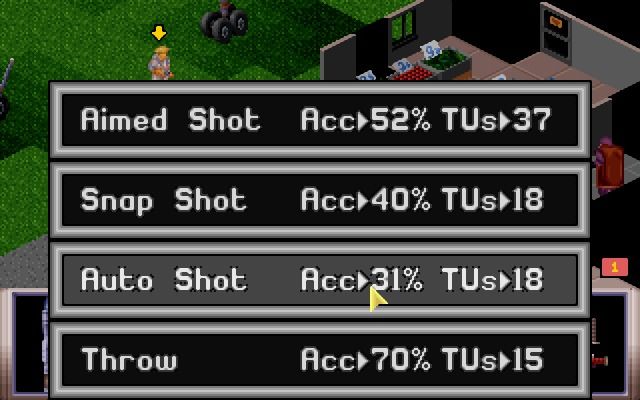
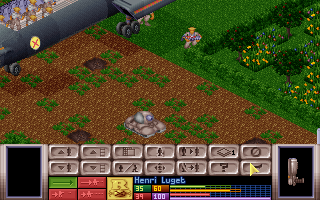
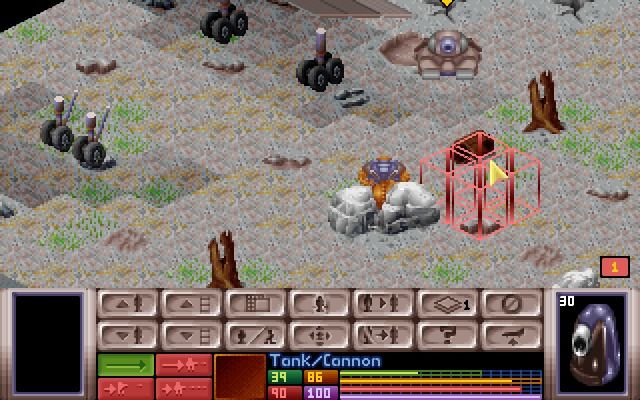
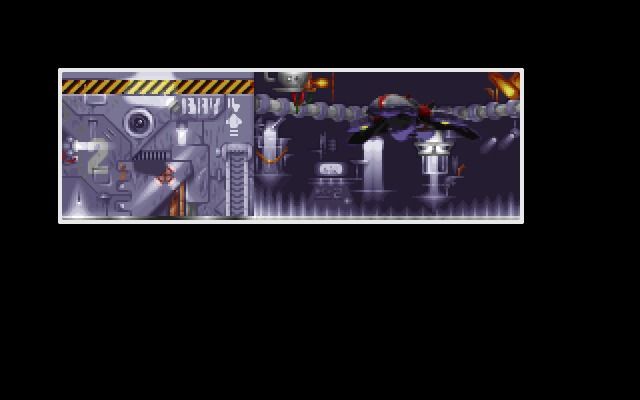



Reviews
There are no reviews yet.